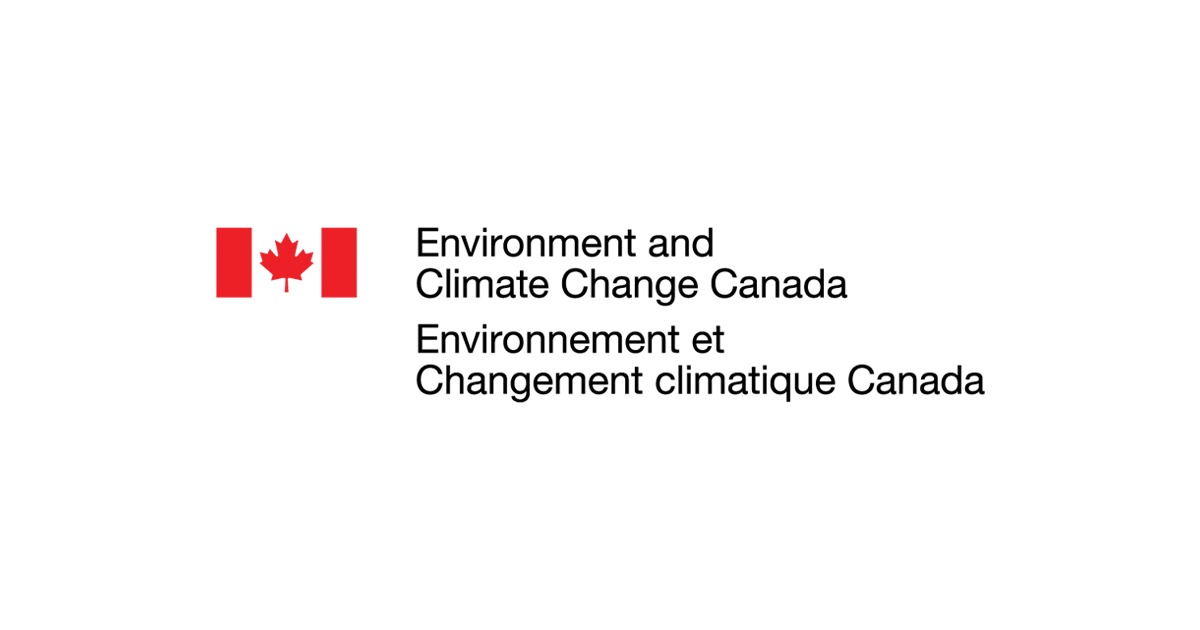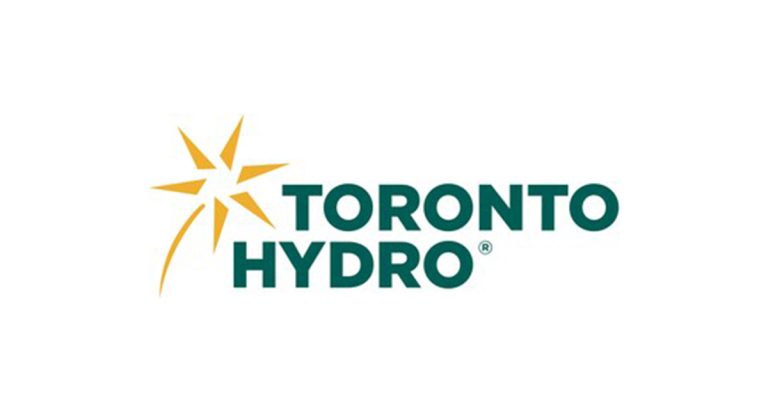Helping Quebec Residents Save Money on Their Energy Bills: Introducing the Canada Green Buildings Strategy

August 1, 2024
More and more, people living in Quebec are saving money on their energy bills and reducing pollution with energy efficiency in Canada’s homes and buildings through retrofitting.
Recently, the Honourable Steven Guilbeault, Minister of Environment and Climate Change and Member of Parliament for Laurier—Sainte-Marie, on behalf of the Honourable Jonathan Wilkinson, Minister of Energy and Natural Resources, announced investments of $563,000 to the Montreal Climate Partnership and to BOMA Québec, as part of the Government of Canada’s newly launched Canada Green Buildings Strategy.
At a time when Canadians are feeling the high cost of living, Canada’s first-ever Green Buildings Strategy aims to help Canadians lower their energy bills. It is the Government of Canada’s plan to make life cost less for Canadians, fight climate change, and support good paying jobs across the country.
The Strategy aims to accelerate retrofits of existing buildings, ensure we are building energy-efficient, climate-resilient, and affordable buildings from the start, and seize the economic opportunities associated with more efficient and lower-carbon building materials and technologies. It introduces the $800 million Canada Greener Homes Affordability Program (CGHAP) to assist low- to median-income Canadians, including tenants, by providing home retrofits at no cost. It also includes a commitment to phase out oil heating in new construction in the coming years.
To drive progress on energy efficiency projects across the country, Minister Guilbeault announced:
- $200,000 to the Montreal Climate Partnership, who, with the support of the Greater Montréal Climate Fund and the City of Montréal, is developing a free, easy-to-access, and simple-to-use digital tool to help Montréalers identify the best solutions to replace fossil-fuel heating equipment. This tool is currently being developed by Dunsky Énergie + Climat, l’École de technologie supérieure, and Concordia University with the support of Hydro-Québec and Energir, under the coordination of Vivre en Ville.
- $363,000 to BOMA Québec for a pilot project to introduce commercial, institutional, and multi-residential building owners and managers to the ENERGY STAR Portfolio Manager (ESPM) platform with a goal of tracking and reducing energy consumption in buildings across Quebec. Already, over 300 buildings in nearly 50 municipalities are participating, using ESPM to collect data. The pilot is part of BOMA’s Building Energy Challenge, which, since it was launched in 2018, has contributed to a reduction of over 17 percent in energy consumption among participants, equivalent to the annual consumption of nearly 9,000 homes.
These programs build on the success to-date that the Government of Canada has experienced in transitioning more Quebec residents to cleaner, more affordable home energy systems. Already 55,140 households in Quebec have benefitted from the Canada Greener Homes Grant to install heat pumps, energy-efficient windows and doors, and insulation. Related to that, 37,260 people living in Quebec have installed heat pumps with the support of federal programs, notably the Oil to Heat Pump Affordability Program. The impact of this momentum is particularly important for households that are fully heating with oil, as they could save from $1,500 to $4,500 per year on their home energy bills by switching to a cold climate electric heat pump.
As Canada builds stronger communities with more affordable housing, the Canada Green Buildings Strategy will ensure we are doing so in a way that cuts energy bills, enhances creates good-paying jobs for Canadian communities, and makes our homes and buildings more comfortable, efficient, and resilient.
Quotes
“Energy efficiency means cost savings for Canadians. At a time when we are facing challenges with affordability and climate change, this plan meets Canadians where they are at and delivers the action they need, at the pace and scale they are demanding. Canada’s first-ever Canada Green Buildings Strategy is a plan to save Canadians money, create jobs, and seize the economic opportunities that a clean and sustainable economy presents.”
– The Honourable Jonathan Wilkinson, Minister of Energy and Natural Resources
“As we work towards ending Canada’s housing crisis, we need to ensure the longevity of new and existing buildings by making them more energy efficient and resilient to the impacts of climate change. We are proud to announce these investments today that will go a long way in doing just that across the country.”
– The Honourable Sean Fraser, Minister of Housing, Infrastructure and Communities
“The Canada Green Buildings Strategy is all about building more energy-efficient and affordable homes and buildings. Cutting the wasted energy from the heating and cooling of our buildings is a win-win, both for lower energy bills and less harmful pollution going into our atmosphere. Already in Quebec and across Canada, we have seen a tidal shift in the adoption of heat pumps at a household level, as well as clean energy solutions for large commercial buildings and industry.
“It is through close collaboration of provinces and territories, municipalities, Indigenous peoples, businesses, and individuals over the coming years that we can keep this progress going and make a big dent in the emissions coming from our buildings sector.”
– The Honourable Steven Guilbeault, Minister of Environment and Climate Change
“Our government is taking ambitious steps to achieve net zero by 2050 through our Greening Government Strategy. By implementing a Buy Clean approach to a real property portfolio of over 34,000 buildings nationwide, we are maximizing energy efficiency while minimizing the environmental impact of construction materials and design. Through these efforts, we are leading the fight against climate change.”– The Honourable Anita Anand, President of the Treasury Board and Minister responsible for the Centre for Greening Government
“Canada Green Buildings Strategy is a highly commendable initiative, addressing both the climate crisis and the housing crisis simultaneously. At Vivre en Ville, we have long championed this dual approach, and our commitment continues through our involvement in the Housing and Climate Working Group. Today’s announced project, coordinated by Vivre en Ville for the Montréal Climate Partnership, exemplifies our ongoing dedication to being part of the solution. This initiative aims to empower owners of small residential and commercial buildings, who are often not subject to regulations and have limited resources, by providing them with the tools and knowledge to effectively decarbonize their heating systems.”
– Christian Savard, Executive Director of Vivre en Ville
“The decarbonization support tool for small building owners is the culmination of several months of intensive collaboration by the Montréal Climate Partnership’s building working group. Together, they have developed a collective and concrete solution to accelerate the reduction of greenhouse gas emissions from Montréal buildings. This tool empowers Montréalers to make informed decisions about replacing their heating systems, enabling them not only to decarbonize their buildings but also to achieve significant cost savings.
“The federal government’s support for this project is particularly meaningful, as it reinforces the expertise of field actors who work tirelessly to drive the socio-ecological transition, making it accessible and beneficial for everyone.”
– Allison Reynaud, Co-Director, Partnerships and Development, Montreal Climate Partnership
“The funding enabled BOMA Québec to introduce commercial, institutional and multi-residential building owners and managers to the ESPM platform. It has also played a significant role in compiling the results of the Building Energy Challenge, with over 300 buildings in Quebec taking part each year.”
– Antoine Gérin-Roze, Program Director at BOMA Québec and head of the Building Energy Challenge
Quick facts
- Totalling $903.5 million, the Canada Green Buildings Strategy is funded as a part of Budget 2024 and is mentioned in Solving the Housing Crisis – Canada’s Housing Plan. It complements Canada’s National Adaptation Strategy, which lays out a framework to reduce the risk of climate-related disasters, improve health outcomes, protect nature and biodiversity, build and maintain climate resilient infrastructure, and support a strong economy and workers. New and ongoing federal initiatives are already starting to put the Strategy’s vision in practice.
- Buildings are Canada’s third-largest emitter of greenhouse gas emissions. Nearly all building emissions—over 96 percent—come from space and water heating. To tackle this, major changes in the building sector are underway, with the potential to create hundreds of thousands of jobs and help Canadians save money on their energy bills.
- Retrofitting existing buildings, building green from the start, and choosing alternatives to fossil fuel heating equipment, such as electric heat pumps, will help Canada achieve its net-zero commitments by 2050. There is also a need to build stronger to better equip communities to withstand the effects of climate change.
- To reach Canada’s climate goals, reduce energy bills, and build up Canada’s supply of energy-efficient and resilient building stock, there is a need to accelerate the retrofit of approximately 10 million buildings and construct millions of new net-zero buildings in the coming decades.
- The Canada Green Buildings Council estimates that ambitious action on buildings could create up to 1.5 million jobs and inject $150 billion into Canada’s economy by 2030.
- Canadian households spend an average of $2,200 a year on home energy costs and these costs are significantly higher in homes that heat with oil and in older homes with poor insulation, ventilation, and heating/cooling systems.
- The Government of Canada has also committed to actions to phase out the installation of expensive and polluting oil heating systems in new construction, as early as 2028. In Quebec, there are roughly 465,200 homes that use heating oil, sometimes in combination with electric heating systems or other forms of home heating.
- The Canada Green Buildings Strategy is a commitment in the 2030 Emissions Reduction Plan: a sector-by-sector approach to reach Canada’s climate target of cutting emissions by at least 40 percent below 2005 levels by 2030, laying the foundation to achieve net-zero emissions by 2050.
- As of June 8, 2024, retrofits from the Canada Greener Homes Grant alone are removing over 306,540 metric tonnes of greenhouse gas emissions, equivalent to taking nearly 94,000 fossil fuel powered vehicles off the road.








